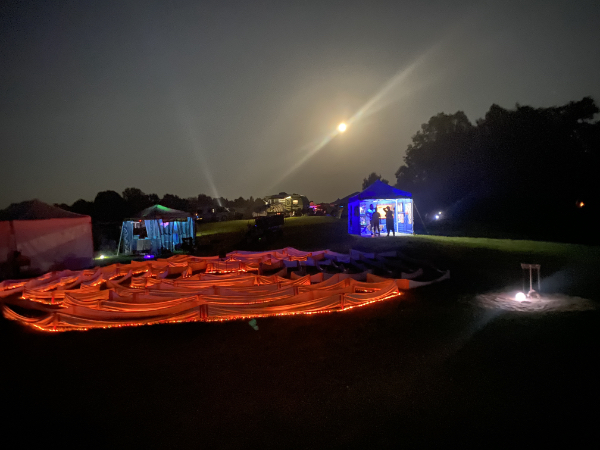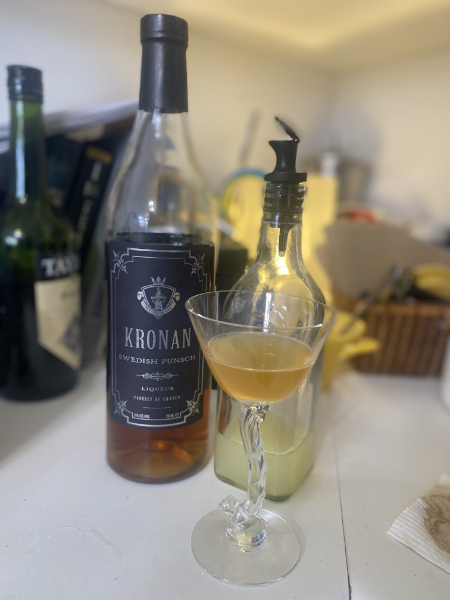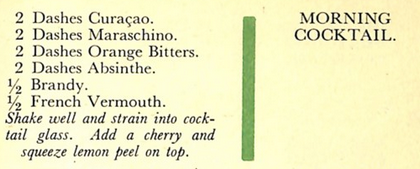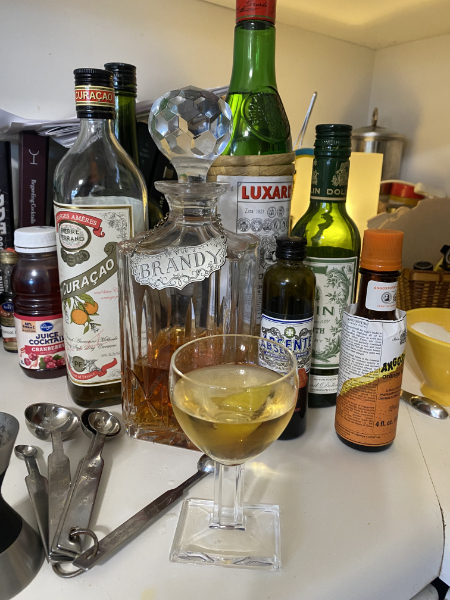I and my Lovely First Wife are at Grand Canyon for the week. This afternoon we will motor into Tusayan, the little village right outside the south gate to the park, for a quintessentially American 4th of July parade, the kind you can only get in a village of a couple hundred people. There will be a about a dozen kids with their decorated bicycles, couple of floats, and an ambulance, and horseback riders, and of course Smoky the Bear, and it will be glorious.
(They also have a kick-ass party afterwards, culminating this year in a drone show!)
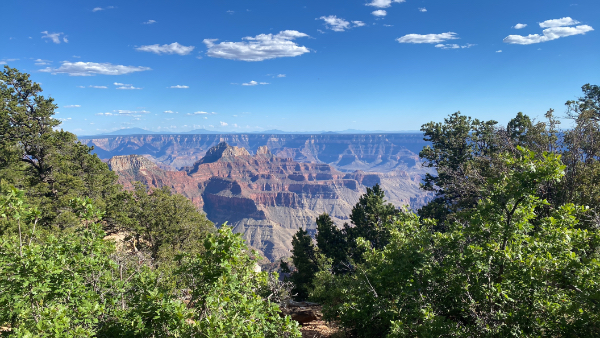
As we’ve explored the now-familiar haunts — this is our fifth trip to the Canyon — we have as usual enjoyed all the people watching, and I have some thoughts. We see, in no particular order, …
- young families corralling their rambunctious offspring, coaxing the toddlers back into their strollers
- Harley-Davidson types, bushy white beards + branded t-shirts + big bellies
- tattooed, nose-ringed young persons, smiling as they serve you breakfast
- a not-small Hispanic family, women with children, “illegally” “camping” in a rented RV in the parking lot
- a busload’s worth of teenage girls, all uniformly dressed in their religious sect’s idea of modest clothing, chittering like a flock of magpies like teenage girls do, later praying at the rim, davening over their prayer books
- completely Caucasian families from the Midwest, slowly turning pink in the southwestern sun
- the taut, fit hikers, tall and sleek
- sullen, disaffected teenagers, immune to the awe of their surroundings, glued to their phones
- Native-American silversmiths and artists selling their crafts
- a Pakistani businessman conducting his business, loudly, on his phone
- dyed-in-the-wool southwestern cowboy/farmer types, knives + phones + tools strapped to their belts
- the older gay couple, pushing their elderly chihuahua in its stroller
- the young man, Tongan perhaps, with a glorious crown of thick curls, excited to show his African-American girlfriend her first view of the Canyon
- the middle-European college students, here on J-1 visas, working for the summer at the lodges and restaurants
- the elderly couples able to travel at leisure, even if they won’t be hiking the Bright Angel rim-to-rim trail (which is closed for repairs on the north end in any case and that’s our excuse)
- the aging hippie in his Utilikilt and his tolerant Lovely First Wife
- the developmentally challenged adult who, perhaps astonished at my kilt, impulsively told me “hello” (and whom I greeted in return, but now wish I had stopped in my trek to chat with him)
- mixed-race families, showing in the best possible way that “race” is a spurious concept
- pretty young Asians, doggedly fashionable even as the general American public dresses down
- burly, bald, bearded guys, intently helping their little girls select their Grand Canyon t-shirts in the gift shops
- bus drivers, from crusty retirees with their dad jokes to young Micah giving off “Chris in the Morning” (from Northern Exposure) vibes (we half expected him to launch into a trademark “As Kierkegaard mused…” meditation as we approached the next stop)
- the constant ear-soup of accents and languages from around the world, people who have traveled to our country to see this unique wonder
- even the middle-aged lady wearing a Trump 2020 t-shirt, to whom I wanted to say, “Isn’t this amazing? I’m so glad we got to see it before the corporations tear it up looking for uranium, aren’t you?” [viz: the recent Supreme Court decision reversing the Chevron ruling]
My point — and I do have one — is that this is what the United States is and should be, and to those who would turn WE THE PEOPLE into a crabbed, restrictive shibboleth embodying violence and exclusion, I’d just like to say: FUPP YOUR FOURTH, you Christofascist, racist, nationalist thugs.
